All The Good Portable Telescopes Available in the US, Sorted by Price
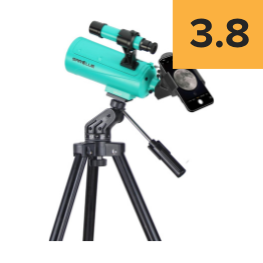
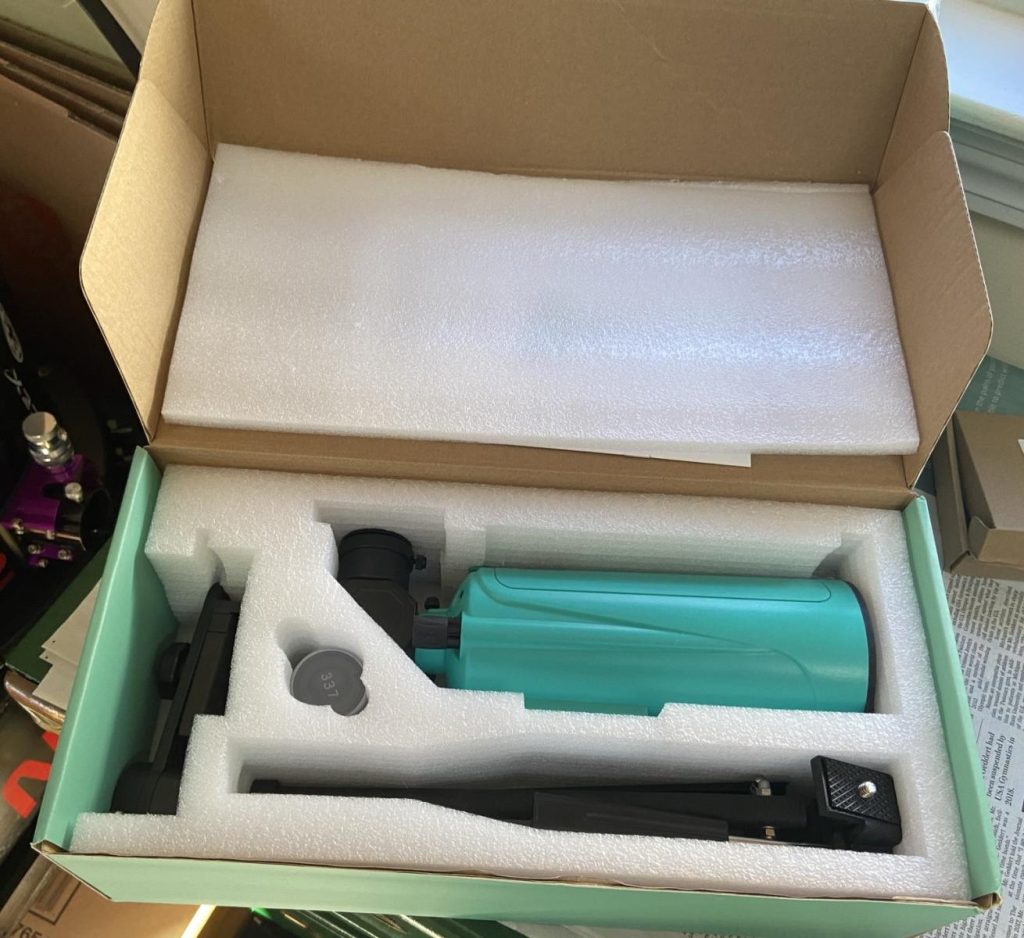
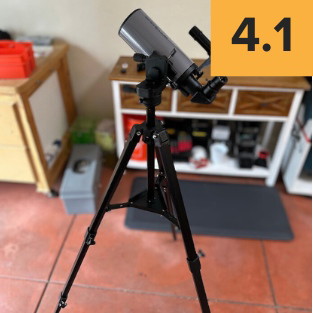
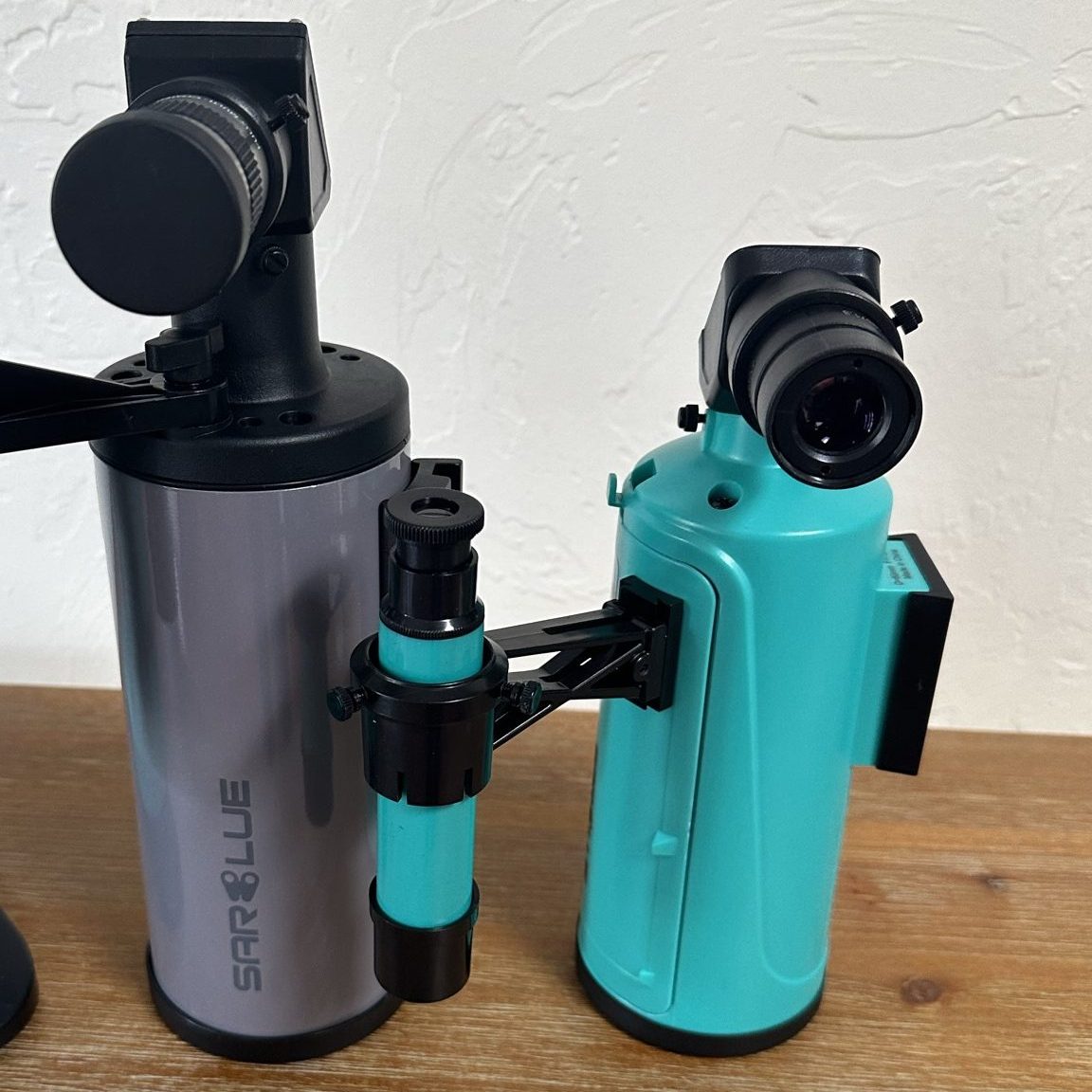
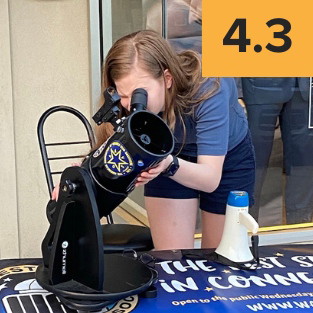
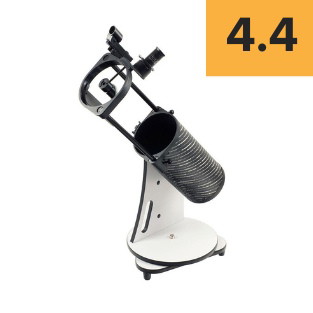
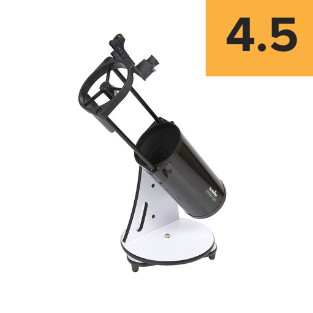
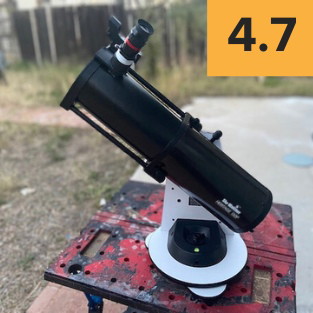
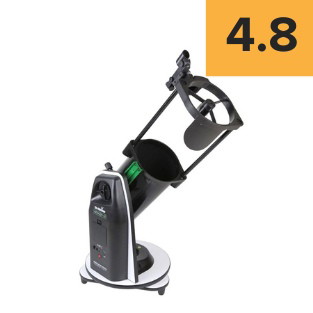
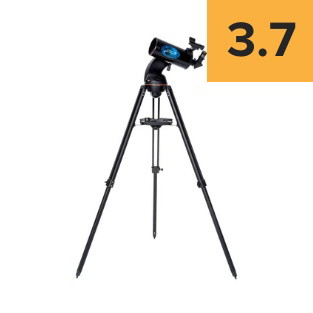
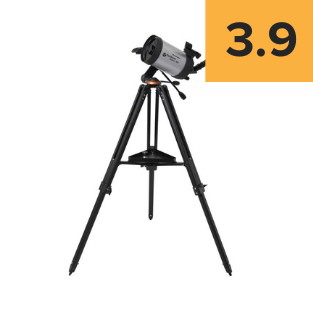
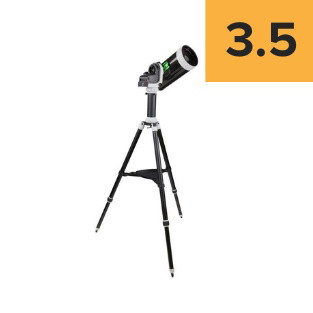
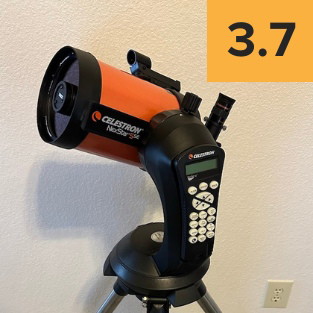
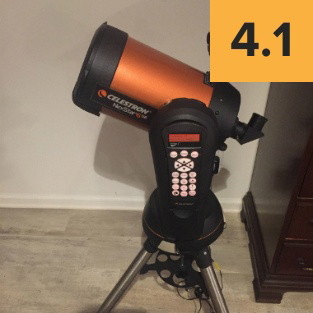
Rank & ratings last updated by Zane Landers on
If I were to go aurora-watching in the far northern remote wilderness, I'd definitely want to take a quick peek at the moon. Or better yet, an astronomy-oriented trip to the Atacama Desert of Chile or the Australian outback. Regardless of where I'm going, if I'm to bring a telescope, I'm always picky about which telescope to bring along.
Flying with a telescope, for me, is pretty much an infuriating, or at least stressful, process. I always expect to get stopped in line at security, so I keep some sort of documentation with the telescope in case I'm to be questioned there.
Airline baggage handlers can drop your luggage more than ten feet onto conveyor belts and generally treat it roughly. This is, as you can imagine, not good for a telescope with fragile glass optics. However, I've found the telescope's mounts and its tripods to be more resilient and safe in checked baggage.
I also foresee the possibility of the telescope being stolen if it is recognizable, particularly if I'm traveling abroad to remote locations. Thus, I try to bring as much of the telescope in my carry-on bag with me on the plane as possible—or at least the optical tube, which is the most expensive and most fragile part of the telescope.
If I must check in the whole of the telescope as luggage, I try to find out insurance policies or special handling options for it by contacting the airline company.
If you’re taking your telescope to a dark site, you’ll probably want to spend most of your time observing deep-sky objects, which necessitates a larger aperture. But, with the exception of expensive or homemade custom travel Dobsonians, the largest telescope you can fly with is probably no bigger than 6” in aperture.
But the higher the cost, the fewer fragile and inexpensive components your travel telescope will have. In a remote location without access to a hardware store or your backup accessories, this could mean the difference between using your telescope or not.
One of the biggest considerations in flying with a telescope is exactly why you’re bothering with it in the first place.
If you want good wide-field views of deep-sky objects in your travels to a dark location, big binoculars are less of a hassle. If you’re going to be traveling to a place specifically for astronomy, it’s probably easier to just borrow a telescope from a friend, talk to a local astronomy club, or even rent one at your destination. You could even just buy a used telescope and give it away or sell it before you go home.













